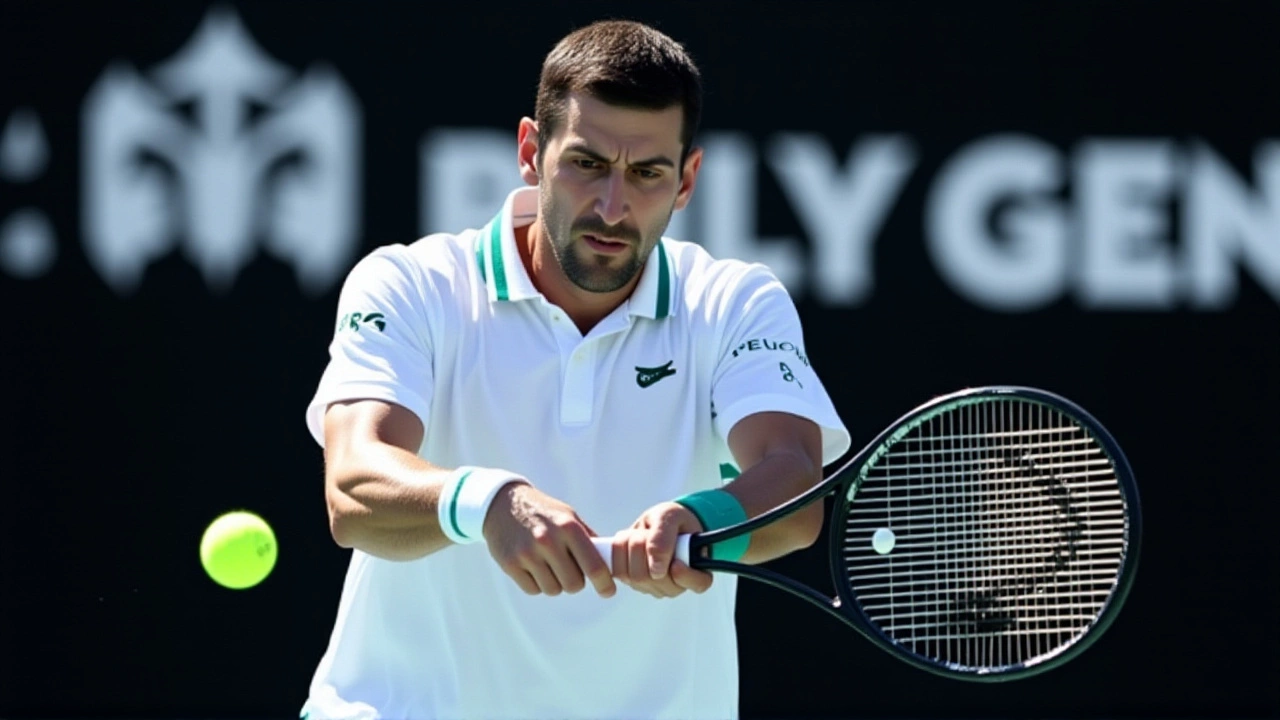Wimbledon 2025 – Your Ultimate Guide
When talking about Wimbledon 2025, the annual tennis championship held at the All England Club on historic grass courts in London. Also known as The Championships, it draws the world’s best players and millions of fans each summer. Wimbledon 2025 isn’t just another tournament; it’s a cultural event that blends sport, fashion, and British tradition. Below we break down the key elements that make this edition special and set the stage for the stories you’ll find in our post collection.
Grass Courts – The Surface that Shapes Play
One of the most distinctive entities of the tournament is the Grass courts, the natural grass surface that covers all show courts at Wimbledon. The grass is prized for its low bounce and quick pace, forcing players to adopt aggressive, serve‑and‑volley tactics. Maintaining this surface is a science: groundskeepers mow the lawn at precise heights, water it daily, and replace worn sections after each match. Because of the grass, slice shots become more effective, and players with powerful serves gain an edge. Understanding how the grass influences ball speed and player movement helps you appreciate why certain athletes thrive here while others struggle.
The next crucial entity is the Centre Court, the main arena at Wimbledon, famous for its iconic architecture and retractable roof. With a seating capacity of over 15,000, Centre Court hosts the marquee matches, including men’s and women’s singles finals. The roof, installed in 2009, guarantees play even when rain hits, a frequent occurrence in the English summer. Its acoustics amplify crowd reactions, turning every point into a dramatic moment. The prestige of playing on Centre Court adds psychological pressure; players often describe it as a once‑in‑a‑lifetime experience. For fans, the view from the upper tiers offers a perfect portrait of the green‑surrounded spectacle.
Wimbledon 2025 is part of the four Grand Slam events that define the tennis calendar. As the oldest Grand Slam, it sets standards for tradition and excellence. The tournament requires players to compete in best‑of‑five‑set matches for men and best‑of‑three for women, testing endurance and mental toughness. Ranking points earned here can reshape the ATP and WTA standings, making every match a potential career milestone. The Grand Slam label also ties Wimbledon to the Australian Open, French Open, and US Open, creating a seasonal narrative where players aim to capture multiple titles in a single year.
Qualifying rounds add another layer to the Wimbledon ecosystem. Lower‑ranked players battle for a limited number of spots in the main draw, often producing surprise breakthroughs. These qualifiers have to adapt quickly to the grass, which they may have played on only sparingly. Their journey showcases the depth of talent in the sport and provides fans with underdog stories that enrich the tournament’s overall drama. By the time the main event starts, the field includes seasoned champions, rising stars, and hardened qualifiers, each bringing a unique style to the grass.
Beyond the matches, Wimbledon 2025 carries a suite of traditions that distinguish it from other Grand Slams. The all‑white dress code, the iconic strawberries and cream, and the Royal Box all contribute to a timeless atmosphere. Prize money has increased significantly, reflecting the tournament’s commercial growth while still funding grassroots tennis programs. The blend of heritage and modernity makes Wimbledon a case study in how sport can honor its past while embracing the future.
Now that you know the core components—the grass courts, Centre Court, Grand Slam status, qualifiers, and traditions—you’re ready to dive into the collection below. We’ve gathered the latest news, match analysis, and player insights that capture the excitement of Wimbledon 2025. Whether you’re tracking a favorite champion or learning how the grass impacts the game, the posts ahead will give you the details you need to stay in the loop.
